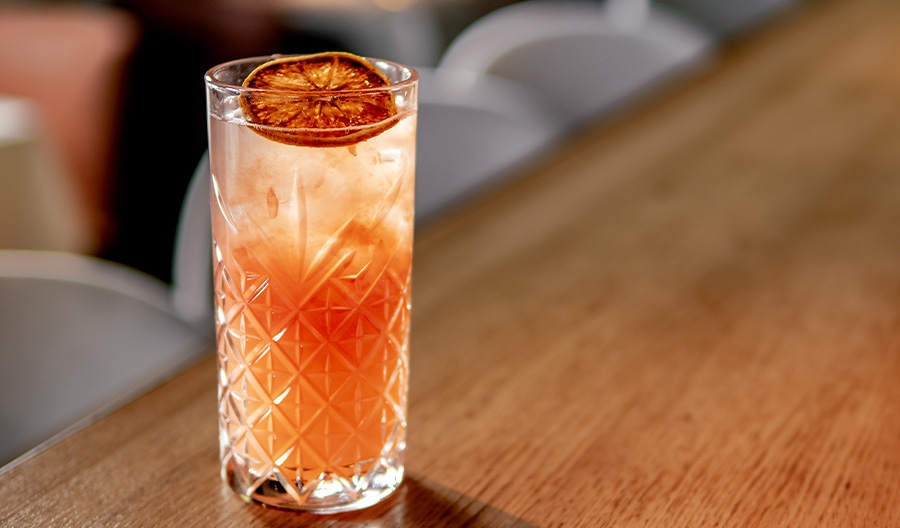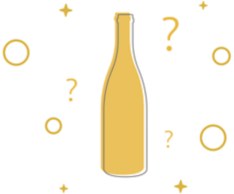Rum, the sugar cane-based spirit that’s a key component for countless drinks, is made all around the world. Records of its distillation in Barbados date back to as early as 1650.
Depending on where it is made, the regulations for rum-making can vary widely. These differences in production and aging techniques can yield an incredibly broad, and confusing, universe of rums. But understanding where and how your rum is made can enhance the enjoyment of your next pour.
What is rum?
Producers agree on at least one criterion: rum is a product of sugar cane. It’s a spirit distilled from fresh cane juice, molasses, sugar crystals, or a combination of the three.
Where is rum made?
Just about everywhere! That said, rum production often is associated with the Caribbean islands, where sugar cane grows easily and rum-based cocktails are iconic diversions. But the spirit is made all over the world, with notable rums produced on almost every continent.
How is rum made?
In general, rum is made by fermenting fresh-pressed sugar cane juice, cane sugar, or its byproducts (most commonly molasses) with yeast, then distilling it.
That distillate then is barrel-aged. This includes white or silver rums. Compared to other white spirits, which may never see the inside of a barrel, many white rums are aged in stainless steel tanks or in barrels, which add body and mellow character, and then maybe filtered to remove the color. Depending on where it’s made, the label may say Blanco, blanc, or even Carta Blanca.
For aged rums, the distillate spends months or years in oak barrels and emerges with notable layers of brown sugar, caramel, and spice.
Producers often blend rums of various ages (single vintage bottlings exist, but are far less common). In many countries, like Barbados and Jamaica, the age statement refers to the youngest rum in the bottle. Others use an average age, while solera (fractional blending) age statements usually refer to the oldest rum in the bottle. To add to the confusion, some producers may also use vague age-statement terms (X.O., añejo, or simply “aged”) that may not have a specific meaning.
Aged rums can appear golden and bright or have darker amber hues. Coloring is sometimes added to younger rums to create either gold rums or inky-dark black rums. Flavorings also are added to some rums, like spiced rum or flavored rum varieties.
Before bottling, the rum may be proofed (diluted with water down to a palatable strength). Others are bottled at barrel strength/cask strength, with no water added; some are bottled at deliberately high alcohol levels and sold as “overproof” or Navy Strength. The latter are often favored to float on top of tropical cocktails, whether to add extra aroma, power or to ignite for visual effect.

What affects the flavor of rum?
Pretty much every step outlined above affects the flavor in some way. However, distillers say the following factors can impact rum flavor in, particularly significant ways.
Fermentation: Fermentation is estimated to account for “at least 50%” of a rum’s flavor. The French-style rums in countries like Martinique, where fermentation yields flavor profiles so unmistakably distinctive, is like a thumbprint, whether fruity, floral, or grassy and vegetal. You get the aromatics, character, and complexities in fermentation.
Because of its importance, rum-makers are strategic about selecting yeast for the fermentation process, whether commercial or cultivated over generations as proprietary strains.
Some rum-making traditions use specific methods for fermentation: Jamaican rum uses dunder, a portion of stillage leftover from a previous batch of rum, to jump-start fermentation. This builds a funky, banana-like flavor known as hogo. Meanwhile, many Haitian rums are allowed to ferment using naturally occurring wild yeast.
Distillation: Whether using pot stills (for a more robust spirit), column stills (for a lighter style), or a combination of the two, distillation amplifies the flavors created during fermentation. Fermentation creates fruity notes from tropical fruit like bananas and coconuts. When distilling, you’re concentrating the flavors that have naturally arisen.
Barrel aging: The spectrum of aging techniques can be quite wide. New or used barrels may be employed, and barrels that recently held other liquids can be used to create cask finishes. The length of time in the barrel may also vary. All this contributes to the dazzlingly wide variety of rum styles. The use of used barrels can constitute another layer of flavor onto a rum such as an ex-Bourbon, ex-Sherry, or ex-wine barrel. However, it can also mellow out the spirit for a lighter style of rum if the barrel has been used many times before.
Where the rum ages also matter. Aging in warmer climates promotes more evaporation, allowing the spirit to take on more of the wood notes as it evaporates into the pores of the wood. In cooler climates, the flavor may take longer to develop and is less likely to have a pronounced note from the oak.
Three key rum styles
Most rums fall into three key styles, although these can vary depending on local traditions and the intentions of individual distillers/blenders. These are the three main rum production approaches:
French-style rums: Also called rhum. Produced on French Caribbean islands (Martinique, Guadeloupe). Rum made in this style from fresh-pressed cane juice is called rhum agricole to distinguish it from those made with molasses, rhum industriel. These rums often are aged in barrels made from French oak, like used Cognac casks. These factors yield a rum that is lighter, herbaceous, grassy and has more sugar cane flavor coming through. The finish is less vanilla with more dark fruit and peppers.
English-style rums: Typically, rum made in former British colonies (Jamaica, Barbados, Guyana, etc.). Often crafted using pot stills, which creates a more robust spirit, and aged in used Bourbon casks, which usually contribute vanilla and spice. On your rum, you will get vanilla, orchard fruit, stone fruit, tropical fruit in addition to a note of chocolate and aniseed on the end.
Spanish-style rum: Also called ron, these rums are made in the former Spanish colonies (Puerto Rico, the Dominican Republic, Venezuela, etc.). Usually made using column stills, which create a lighter style. They are light, dry, and subtle, with medium influence from the wood.
How to identify a good rum
In terms of flavor profiles, good-quality rums, particularly those from the Caribbean, often have “tropical” notes, although that can manifest in different ways. That characteristic might take the form of fresh lemon or lime; cooked fruit like grilled pineapple, roasted banana, or banana bread; or dried fruit like dried plantain.
Many also value distinctiveness in rum styles praising rums that represent the culture of the country or the style of where it comes from. Another key to a good note is a pleasing aroma, natural sweetness on the palate, and balance overall.
Most importantly, a good rum is one that brings a smile to your face.

